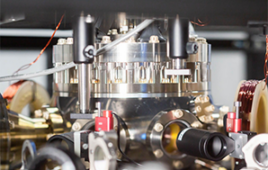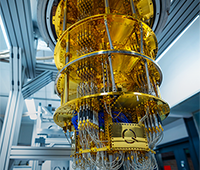Mainframe Era Ends at NASA
 |
| The Model 95 — two of which were installed in 1968 at NASA Golldard Space Flight Center — were used to solve exploration problems requiring unusually high computation speeds. The machines were capable of computing 14-digit multiplications at a rate of over 330 million in one minute. |
This month marks the end of an era in NASA computing. Marshall Space Flight Center powered down NASA’s last mainframe, the IBM Z9 Mainframe. For my millennial readers, I suppose that I should define what a mainframe is. Well, that’s easier said than done, but here goes — It’s a big computer that is known for being reliable, highly available, secure and powerful. They are best suited for applications that are more transaction-oriented and require a lot of input/output — that is, writing or reading from data storage devices.
They’re really not so bad, honestly, and they have their place. Things like virtual machines, hypervisors, thin clients and swapping are all old hat to the mainframe generation, though they are new to the current generation of cyber youths.
In my first stint at NASA, I was at NASA’s Goddard Space Flight Center as a mainframe systems programmer when it was still cool. That IBM 360-95 was used to solve complex computational problems for space flight. Back then, I comfortably navigated the world of IBM 360 Assembler language and still remember the much-coveted “green card” that had all the pearls of information about machine code. Back then, real systems programmers did hexadecimal arithmetic — today, “there’s an app for it!”
But, all things must change. Today, they are the size of a refrigerator, but in the old days, they were the size of a Cape Cod. Even though NASA has shut down its last one, there is still a requirement for mainframe capability in many other organizations. The end-user interfaces are clunky and somewhat inflexible, but the need remains for extremely reliable, secure transaction-oriented business applications.



